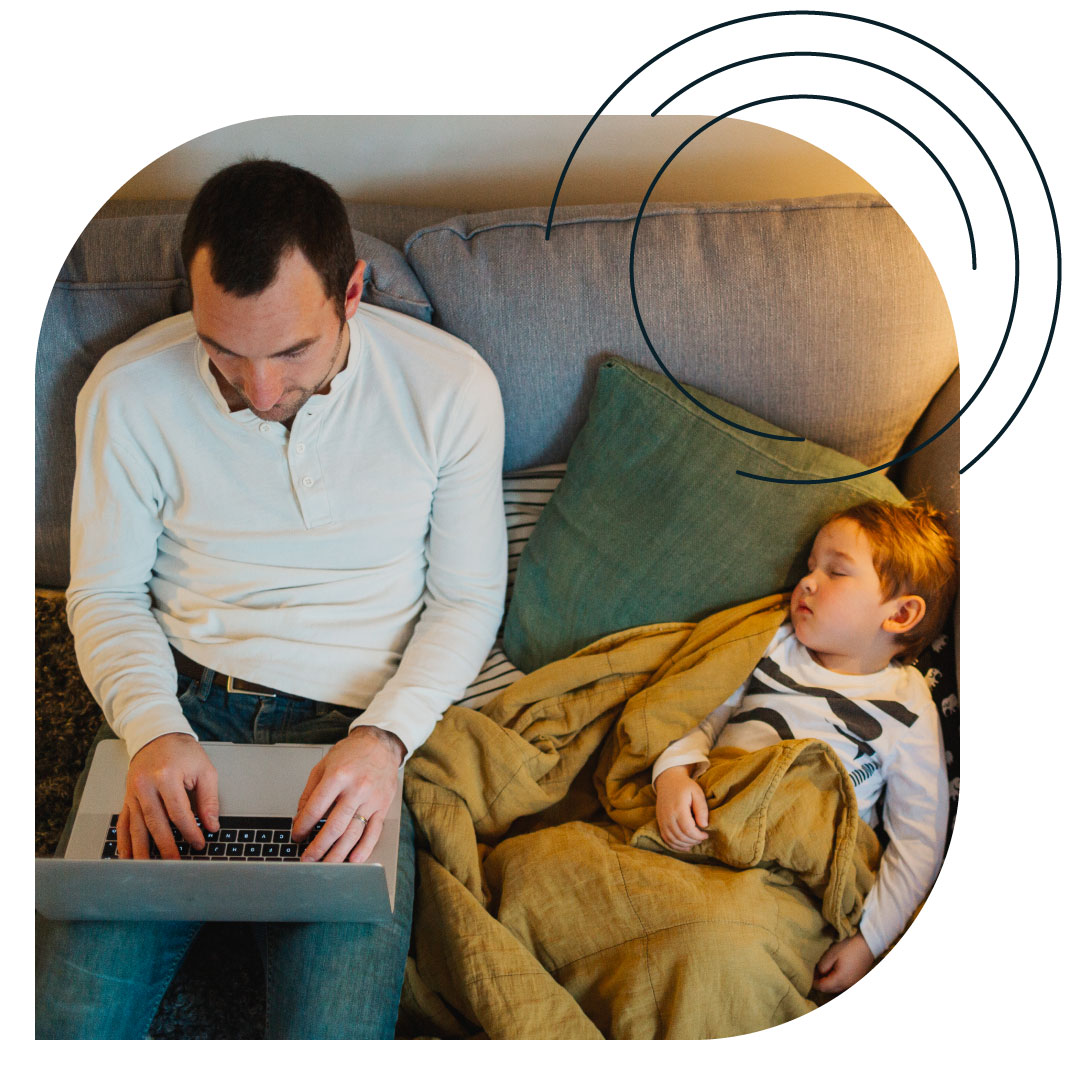
More than 47 million Americans left their jobs in 2021 in what has become known as the Great Resignation, Great Reset or Big Quit – and there’s more to come. Nearly one in four employed American adults plan to seek a new job with a different employer in 2022, and another 9% are planning to retire. This phenomenon is reshaping the employee-employer relationship. And make no mistake, things will never be the same.
Many leading companies are seeking to avoid the big quit by improving the employee experience. They recognize that they need to prioritize efforts to accommodate this shift and rethink their workforce management and employee engagement strategies. These strategies will not only give a much-needed boost to retention but will help them head off other workforce challenges down the road.
Focus on employee health and wellbeing
A recent Gallup survey asked employees what they look for most in an employer. Across all generations, respondents ranked “care about employees’ wellbeing” in their top three criteria. Pay and perks are no longer enough, and employees are looking for a workplace culture where they feel seen, heard, and cared for. Building such a culture requires active and regular listening. That starts at the top.
Listening to our employees proved essential over the past two-plus years as we navigated the COVID-19 pandemic. Annual check-ins would not be enough when dealing with the deadliest public health crisis in a century. Instead, we implemented comprehensive quarterly surveys and integrated those findings into our business and operations strategy. We asked employees questions such as what actions could we take to improve their overall workplace experience? These check-ins allowed our management team to be more attuned and responsive to employee needs and helped inform changes we needed to make in real-time. For example, we were able to provide more tailored support to company leaders who needed better ways to engage with their teams. As a result, we achieved a 90 percent approval rating from our employees on our handling of the pandemic.

We also evaluated our benefits offerings and considered how we could broaden the definition of benefits to creatively support employee wellbeing. For instance, our employees can apply to tap into our People Matter Fund in times of hardship or emergencies. That could include anything from helping pay rent to an unexpected medical expense. It’s been a critical resource for our employees during the pandemic and is a prime example of how companies can get creative outside of regular health insurance plans and 401(k) offerings.

Pay and perks are no longer enough, and employees are looking for a workplace culture where they feel seen, heard, and cared for. Building such a culture requires active and regular listening. That starts at the top.
Digital transformation and redefining the workplace
While some industries were forced to shut down during the pandemic, many maintained operations by quickly pivoting the majority of their workforce to remote working. Most are now in the process of returning to the physical office – at least partially. Seventy percent of companies plan to implement some form of hybrid working arrangement, but 68 percent of companies don’t yet have a detailed vision for how that is going to work.
With the workplace redefined, companies must adapt infrastructures and systems, business operations, and functions to support a virtual or hybrid workforce. Technology and data are providing a clear snapshot of their workers through metrics ranging from wellbeing and productivity to how they utilize benefits. This empowers employers to create enhanced systems, structures, and technology to effectively manage a workforce that is both on- and off-site.
70% of companies plan to implement some form of hybrid working arrangement, but 68% of companies don’t yet have a detailed vision for how that is going to work.
Prioritizing purpose in the C-Suite
The desire to find a sense of purpose in the workplace has long been on the radar, but it grew exponentially in 2020 fueled by the COVID-19 pandemic, along with the racial justice debates that arose following the murder of George Floyd, the alarming rise of hate crimes against Asian-Americans, and now the war in Ukraine which is affecting our colleagues in the geographic region and all of us who are watching the unspeakable acts unfold, regardless of where we live. Suddenly, social and political issues are bleeding into the workplace, prompting C-suite executives and other corporate stakeholders to speak up and take action. A Harvard analysis of S&P 500 earning calls found the frequency with which CEOs talk about equity, fairness, and inclusion has increased 658 percent since 2018. These findings illustrate a greater emphasis on the “S” in ESG (Environmental, Social, and Governance), which employees expect to remain strong, especially at the C-suite and Board level.
Over the past two years, we’ve been inundated with studies, trade journal articles, and vendor pitches about the future of work and employee retention. While it’s easy to get overwhelmed by the sheer volume of it all, we must not let that deter us from responding to these seismic shifts in the employee-employer relationship and taking the necessary actions to support and sustain the workforce. Avoiding the Big Quit requires that we put people first in everything we do, listen to – and act on – what they have to tell us, support their wellbeing, and help them live their best lives at work and at home.



